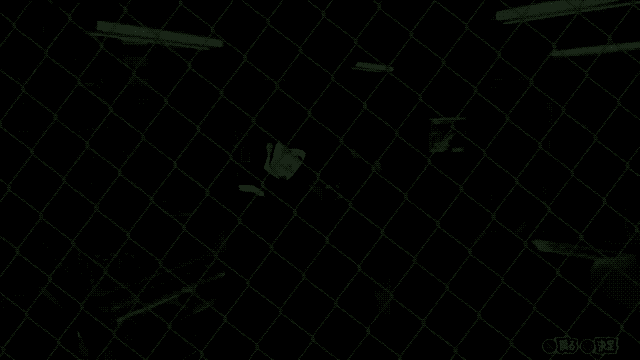[ad_1]
Persona 5′s small, connected hub structure is advantageous because it forces you to imagine the spaces in between. Walk to the end of the road outside your school, for example, and a pop-up will appear for the nearest train station. Confirm and the main character will take out his phone, showing a map with potential destinations. You can see the train lines that connect each neighborhood, understand their proximity and then visualize the journey as the game loads your next area.
Your mind wanders, creating perfection where a traditional open world might falter.
From a technical standpoint, Persona 5 is pretty average. The game is one of the last to come out on both the PlayStation 3 and PlayStation 4, and it shows. On polygon count alone, it doesn’t compare with the likes of Final Fantasy XV or Horizon Zero Dawn. The environments and character models are less detailed, requiring a strange cacophony of visual styles for cutscenes. Some are presented in-engine, with large anime faces next to each dialog box at the bottom of the screen. Others are presented in full CG, while a few are shown as traditional 2D animation.
These limitations are forgivable, however, because Persona 5 has near-flawless art direction and UI design. Walk into a store for airsoft guns, for instance, and you’ll be greeted with a bright, kinetic set of menus that perfectly match Tokyo’s neon color palette.

It’s more interesting and expressive, I would argue, than watching two character models awkwardly exchange money, or wondering why a huge item has suddenly disappeared after purchase. The developers have made smart, stylistic choices elsewhere, too. Board the subway and you’ll notice that none of your fellow commuters have faces — that’s because they’re supposed to be mindless drones, adhering to society while you act as a rebellious hero in the shadows.
Persona 5, like previous entries, has a stellar soundtrack, too. Led by Japanese composer and musician Shoji Meguro, it’s an upbeat, jazz-infused collection that matches the rebellious swagger of the main cast. All of the game’s heroes have been abandoned, manipulated or misunderstood by older members of society. The hero has a criminal record (of course, he’s actually innocent) and spends much of the game with his head down, trying not to draw attention to himself. He’s a curiosity, one that classmates love to gossip and whisper about at school.
I’m no lawbreaker, but in Japan I often felt like a bit of an oddity.
I can relate, to a degree. I’m no lawbreaker, but in Japan I often felt like a bit of an oddity. A no doubt confused-looking Westerner bumbling his way through the country’s culture and traditions. (It probably didn’t help that I can barely speak Japanese.) That sense of being an outsider, a lost soul in an overwhelming city, permeates Persona 5 and its vibrant, youthful score. When I dash out of class and ‘Tokyo Emergency‘ plays in the background — one of many tunes that signalize downtime in the game — I always feel like an upstart, ready to take advantage of Tokyo’s sights and sounds.
Source link
 Tech News code
Tech News code


